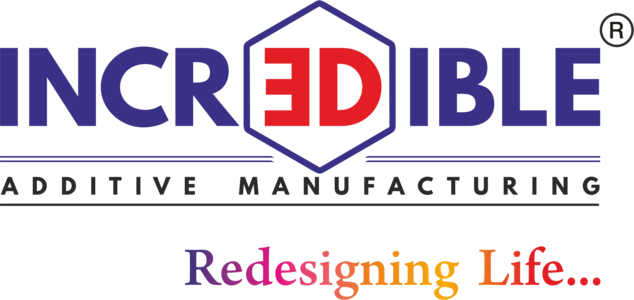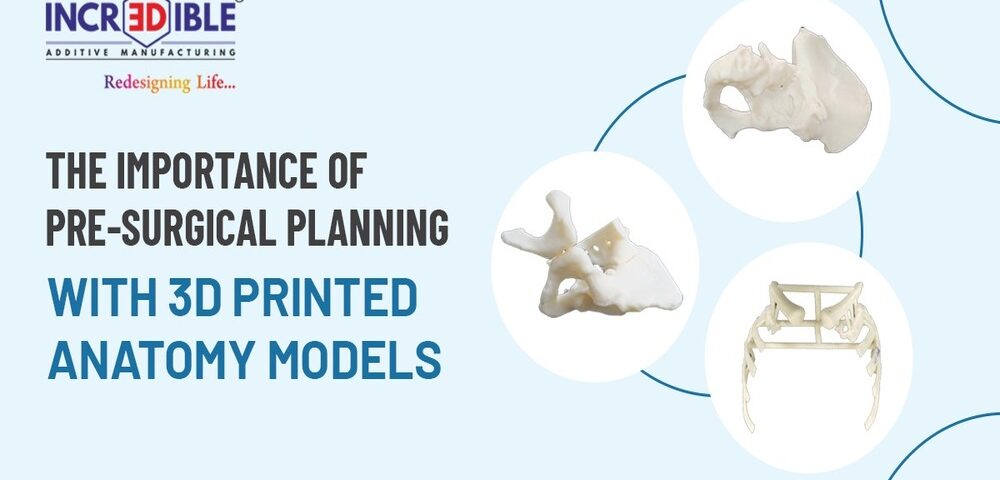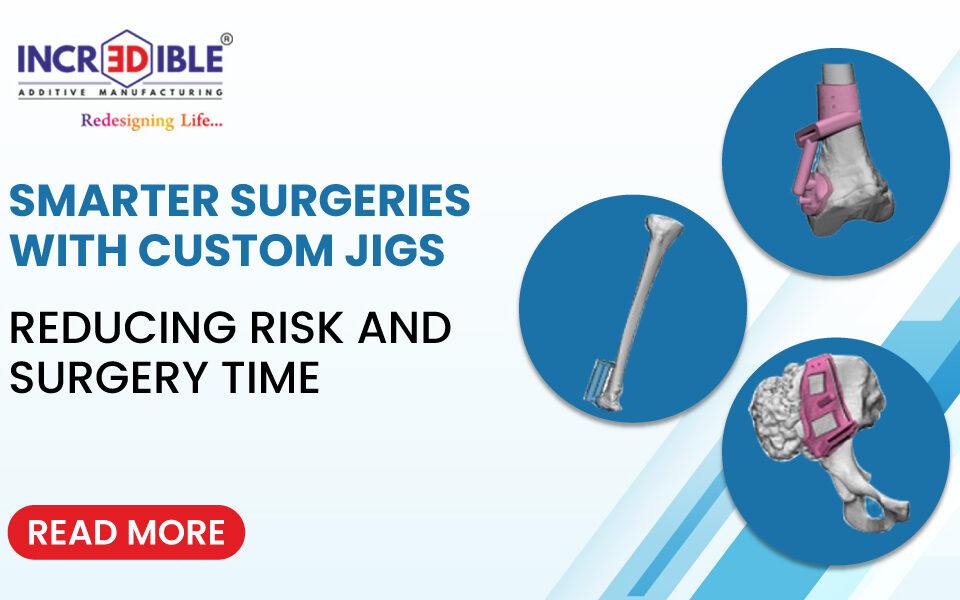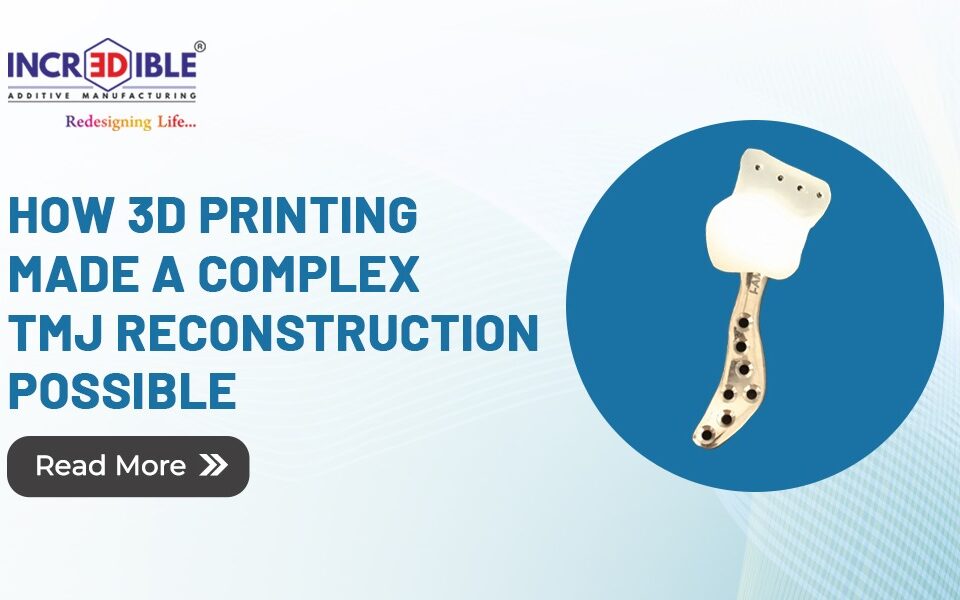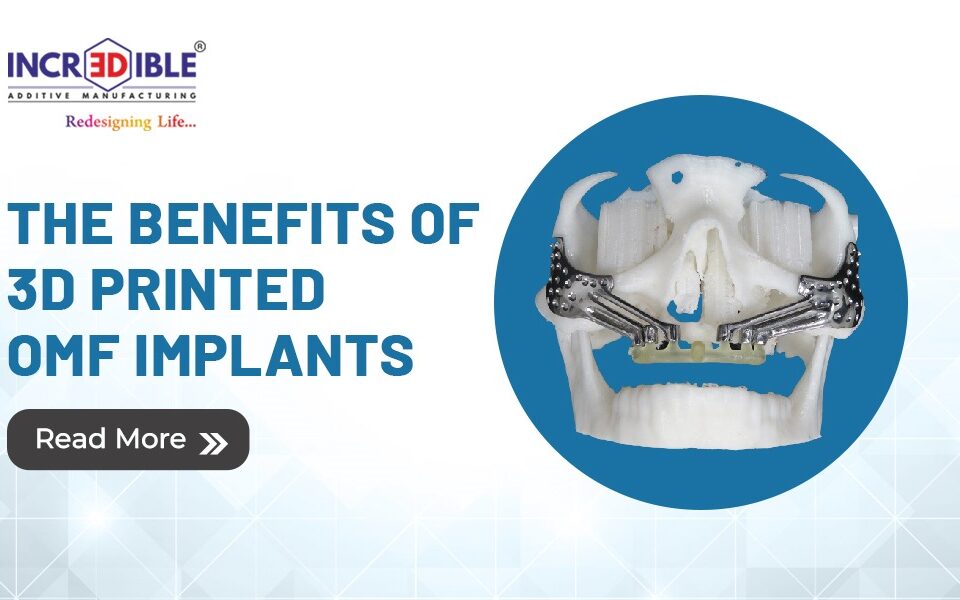The healthcare sector is continually looking for ways to improve service quality, especially regarding surgical success rates. One relative innovation that has significantly transformed surgical preparation is 3D-printed anatomy models. These models provide surgeons with a realistic representation of the patient’s anatomy, enhancing their understanding and visibility of the specific area they will operate in. This leads to greater accuracy during the procedure.
Enhancing Surgical Accuracy
CT scans and MRIs offer a sectioned view in two or three dimensions of a patient’s morphology. Nevertheless, such techniques are inestimable, yet often fail to provide the haptic, spatial feedback necessary for intricate operations. This is whereby 3D-printed anatomy models demonstrate their strength. Surgeons can work more safely and effectively when imaging data is translated into physical models of the body to study the abnormalities related to the ailment and plan the best surgical operation. Such planning reduces intraoperative unexpected circumstances, enhancing accuracy and efficiency as well as the time taken in surgeries.
Personalized Patient Care
Each patient is a different person, and thus every patient has other medical requirements; also, the models are fabricated according to the anatomy of each patient. This personalization helps surgeons know possible hurdles in the surgery and change tactics. For instance, in orthopedic surgery, using a three-dimensional printed model of the broken bone, one can identify the best way to fix a bone. Having an exact replica of a bone defect can be immensely helpful for modeling surgical interventions. This personalized approach enhances precision and increases the chances of successful outcomes by providing a clear understanding of the defect before surgery. This personalization of care results in increased regard and better prospects for the desired outcomes.
Reduced Surgical Risks
One key advantage of pre-surgical planning using 3D-printed anatomy models is that it helps minimize the inherent risks associated with surgery. Before operating on a patient, surgeons can practice on a model to identify potential complications that may arise. This approach also helps to streamline diagnostic and procedural techniques, significantly enhancing patient safety.
Training and Education
Besides the preparation for surgery, 3D-printed models are unique aids in medical education and training. The simulations are more realistic and practical for any student to perform physical procedures or even expert consultants like surgeons. In contrast, cadavers can be somewhat unrepresentative of the particular pathology, while 3D-printed models can be designed to reflect precisely the particular pathology. This enhances the learning and the skills that are fundamental to the enhancement of the health care system.
Cost Efficiency
When it comes to acquiring medical 3D printing technology, it is important to know that the initial cost might be steep, but the benefits that come with it are many in the long run. Lower operating room times, fewer incidences of complications, and enhanced care for the patient result in cost savings in the total facilities and other related units. In addition, through 3D printing, imaging procedures, and exploratory surgeries are minimized and therefore reduce costs. These models are not only a real solution but also a financially efficient solution for the medical industry.
Revolutionizing Innovation of Comprehensive Operations
The use of 3D-printed anatomical models is particularly advantageous in complex procedures, such as tumor removals, reconstructions, and organ transplantations. For instance, in tumor resection, 3D models allow surgeons to visualize the tumor and surrounding structures accurately. This aids in planning and streamlining the procedure, ultimately improving the success rate of the surgery and minimizing risks.
Conclusion
Preoperative planning with models created from 3D prints is one of the most significant advancements in today’s surgery. These models inform the surgeons and give the patients a chance at customized care, minimizing complications and increasing the chances of accuracy during surgeries. When it comes to making excellent anatomical models, 3D Medical is the best answer. Their expert team transforms your proposal and design into production while respecting all quality requirements for medical production and products. Embrace the future of surgical planning with medical 3D printing solutions that prioritize patient outcomes and innovation.
